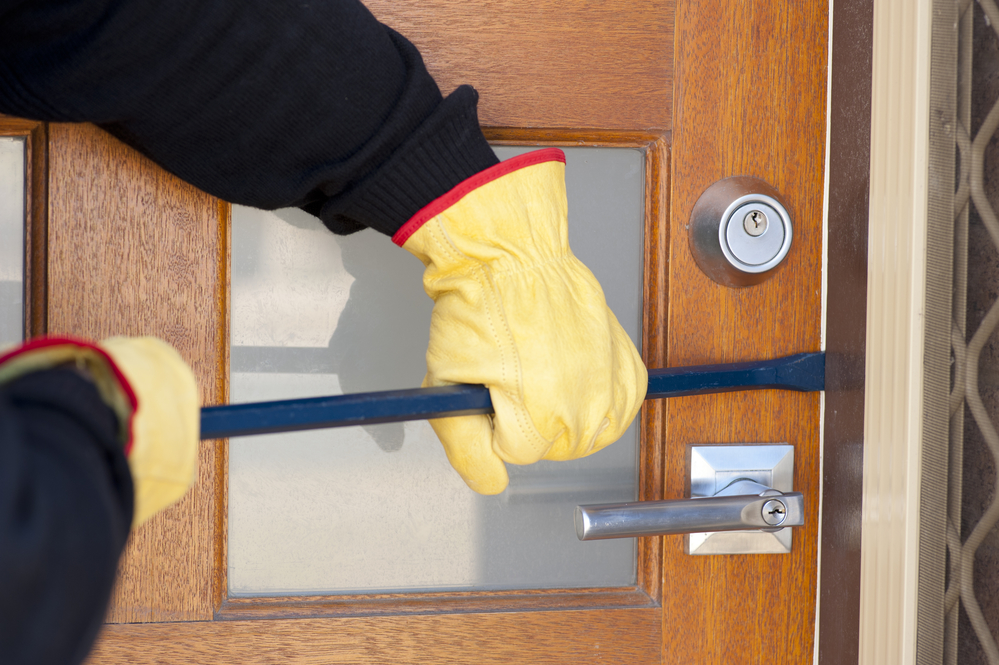 There are several ways to improve the security of the doors to your home or business. High tech security systems, commercial grade locks and regular spot checking are all ways to further secure your entryways.
There are several ways to improve the security of the doors to your home or business. High tech security systems, commercial grade locks and regular spot checking are all ways to further secure your entryways.
However, break-ins are often executed the good old fashioned way, with brute force or door prying. So, how else can you prevent intruders from gaining access to your building by essentially walking through your front door?
Latch Protectors
Chances are you’ve seen latch protectors in your daily life but didn’t realize their purpose. A latch protector is a either a stainless steel or a cold-rolled steel plate that is affixed to the door itself. The plate overlaps with the door jamb which helps prevent prying and jamb spreading. Since it’s affixed to the outside, it also makes it more difficult to kick a door in.
Levels of Security
There are three levels of security offered by latch protectors.
Level 3: Commercial grade security preventing forced entry
Level 2: Includes an anti-spread pin preventing forced entry and door jamb separation
Level 1: Contains 2 anti-spread pins providing an optimum deterrent for forced entry and door jamb separation.
Depending on your needs, you may choose to have the most heavy duty option or the basic latch protector.
Aesthetics
We can never forget about the fact that our doors add a level of aesthetic appeal to our homes and office buildings. Just like with many other security features, latch protectors come in several finishes to match your overall décor scheme. Aluminum, antique brass, chrome, stainless steel, mirrored brass…there are plenty of options to choose from.
Latch protectors are often overlooked by homeowners because they seem a bit too commercially driven. However, if you’ve ever had your home broken into you know that you can never take too many security precautions. With latch protectors coming in so many finish options, it should be simple to choose one that works well with your home’s overall appearance.
Installation
Latch protectors provide additional security for the latch and deadbolt. To be sure you’re not interfering with the door’s other mechanisms, it’s best to seek the advice of a professional locksmith before installation. Installation plans will revolve around several factors such as door type, amount of surface area to cover, how the door swings and ensuring that once it’s installed the door will latch properly. During installation people often find that there are adjustments which need to be made to the door beforehand. A professional locksmith will be able to assist you with any snafus that may appear.
As always, be sure you’re following basic door security tips on a regular basis. No matter how many bells and whistles you have installed on your entryways, if they’re not properly maintained you could be asking for trouble.

Leave a Reply